The decree imposing a 25% tariff on imported steel and aluminum may not have a big impact on Vietnamese steel enterprises in the short term, but it still takes more time to measure.
Pressure from US tax policy on imported steel and aluminum: More time needed to measure
The decree imposing a 25% tariff on imported steel and aluminum may not have a big impact on Vietnamese steel enterprises in the short term, but it still takes more time to measure.
 |
| In the immediate future, the US tax policy on imported steel and aluminum does not have a serious impact on Vietnamese businesses. |
Don't worry too much, but don't forget to be careful.
In order to protect domestic steel producers, on February 11, 2025, US President Donald Trump signed an executive order imposing a 25% tax on steel and aluminum imported into the country, with no exceptions or exemptions, effective from March 4.
By the end of 2024, the US will be Vietnam's third largest steel export partner with a share of about 13%, after ASEAN and the EU. Therefore, with the above tax decision, Vietnamese steel enterprises may be affected when producing galvanized steel, HRC and CRC products. However, the level of impact will depend on the situation of each enterprise.
Currently, steel enterprises with a high proportion of exports to the US include Hoa Sen Group Joint Stock Company, Nam Kim Steel Joint Stock Company, and Ton Dong A Joint Stock Company. Talking to reporters of Dau Tu Newspaper on this issue, Mr. Truong Hien Phuong, Senior Director of KIS Vietnam Securities Company, said that the above policy has an impact on steel enterprises, but the level of impact is not high and we need more time to measure it.
In the short term, this policy does not have a serious impact on Vietnamese businesses. Even for large, well-known businesses in the industry such as Hoa Phat Group, Hoa Sen Group or Nam Kim Steel, the proportion of exports to the US is not much in total export revenue. Therefore, there may be an impact, but it will not have a large impact on the revenue structure of the business.
The second thing is that Mr. Trump's policy is not aimed at Vietnam. Recently, US Ambassador to Vietnam Marc E. Knapper also affirmed this. The Ambassador said that 2025 is the 30th anniversary of the establishment of diplomatic relations between Vietnam and the US. The US side hopes that this year will be a pivotal year to continue promoting the cooperative relationship between the two countries to a new height, realizing the commitments and contents of the Comprehensive Strategic Partnership. In particular, the pillar of economic and trade cooperation will play a key role in promoting the overall bilateral relationship.
 The recent US tariffs are not aimed at Vietnam. The US wants to maintain bilateral relations and continue to develop economic and trade cooperation with Vietnam in a positive direction.
The recent US tariffs are not aimed at Vietnam. The US wants to maintain bilateral relations and continue to develop economic and trade cooperation with Vietnam in a positive direction. 
- Ambassador Marc E. Knapper
Third, Trump’s style is negotiable. For example, his decision to impose a 25% tariff on all aluminum and steel imported into the US also had a big impact on India. Just hours after Trump announced a roadmap for “reciprocal” tariffs on all countries that tax imports from the US, Indian Prime Minister Narendra Modi proposed negotiations on easing tariffs, buying more oil, gas and fighter jets, etc. The two leaders also agreed to work towards a deal to address trade concerns.
Currently, Vietnam is one of the countries that the US is paying attention to and is a country in the Asia-Pacific axis that the US wants to support and connect. Previously, Mr. Trump visited Vietnam twice, showing the high sympathy of this US President for our country. Recently, before being re-elected, Mr. Trump's personal group also opened an investment project in Hung Yen province.
The senior director of KIS Vietnam affirmed: "With the above factors, I believe that Mr. Trump's policy will not push Vietnamese businesses into a state of too much stress and anxiety."
However, Vietnamese steel enterprises need to be careful from another perspective. The most notable thing now is that the Chinese steel industry may be greatly affected. The Chinese steel market will also be affected when it is difficult to sell to the US market and look to other markets, including Vietnam. China is one of the countries that produce strong steel with competitive costs, so the possibility of China pushing goods into the Vietnamese market is very high, affecting prices and the domestic steel supply and demand situation.
“When the US-China trade war broke out in 2008, there was a situation where Chinese steel enterprises invested heavily in Vietnam to push their inventory to Vietnam, changing their names and labels to export to the US market. Therefore, we need to be careful with the situation of Chinese steel 'disguised' as Vietnamese steel to continue entering the US. This will affect the reputation and brand of Vietnamese enterprises,” Mr. Truong Hien Phuong warned.
Increase inner strength in the face of unpredictable unknowns
Faced with unpredictable variables, not only for the steel industry but also for other export enterprises, Mr. Truong Hien Phuong said that the most important thing is that Vietnamese enterprises need to improve their internal strength.
“Enterprises need to have a plan to diversify their markets so that their import and export activities do not depend on one market. When we have made efforts in many aspects from economics, politics, and diplomacy, but assuming we cannot change tax policies, businesses still have other markets to support and ensure export revenue,” Mr. Phuong stated his opinion.
In addition, the current US President also pays great attention to the issue of anti-dumping, so businesses need to be extremely careful in the input stages, ensuring that imported materials and production costs are reasonable and valid according to regulations.
Another indirect note that Vietnamese enterprises need to pay attention to is to improve corporate restructuring. Not only in terms of price, Vietnamese enterprises need to further improve product quality so that when facing tax disadvantages, compared to products of other countries with the same price, products with superior quality will still be sold," Mr. Truong Hien Phuong suggested.
Source: https://baodautu.vn/suc-ep-tu-chinh-sach-thue-cua-my-len-thep-va-nhom-nhap-khau-can-them-thoi-gian-de-do-luong-d246921.html


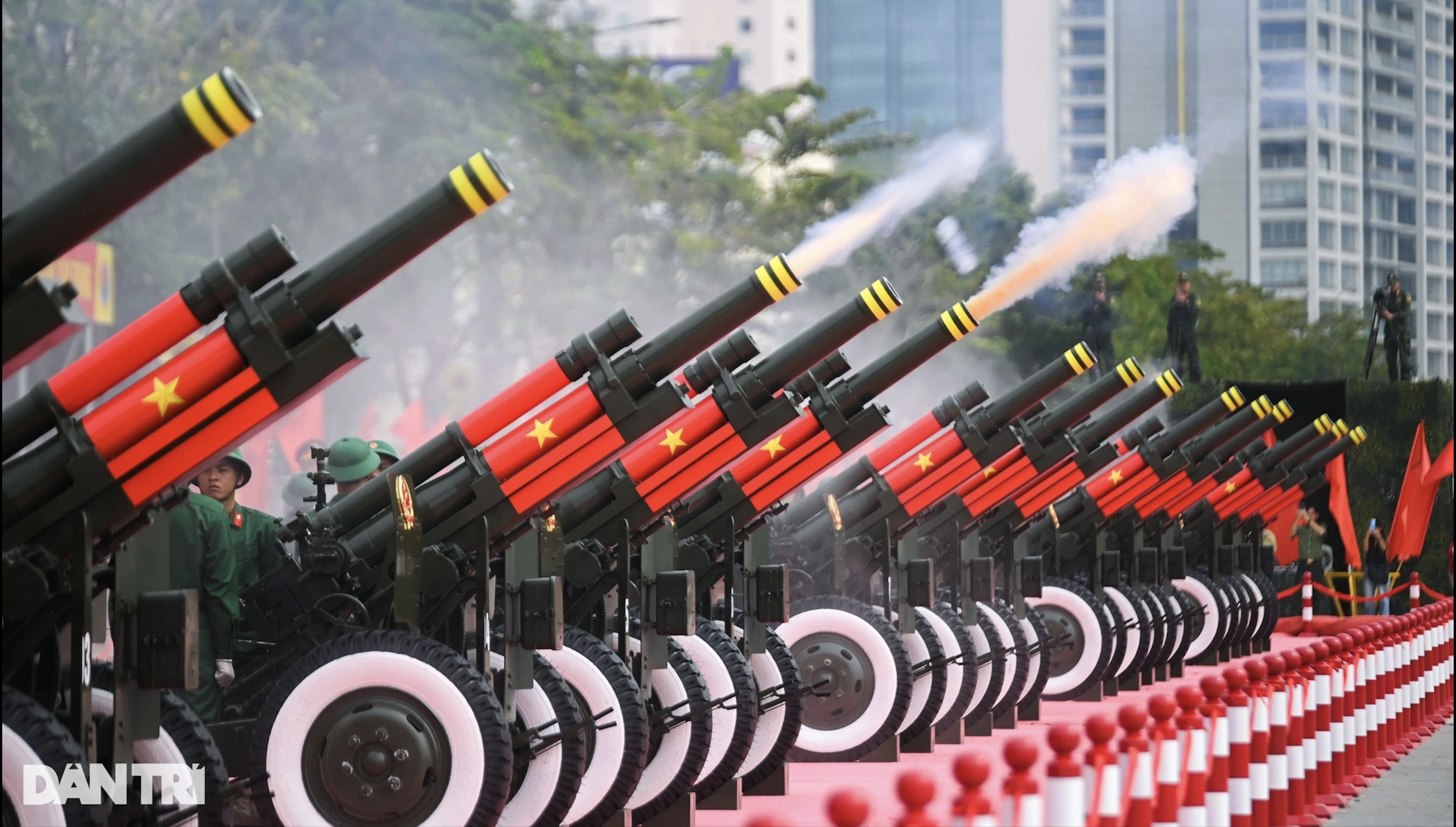


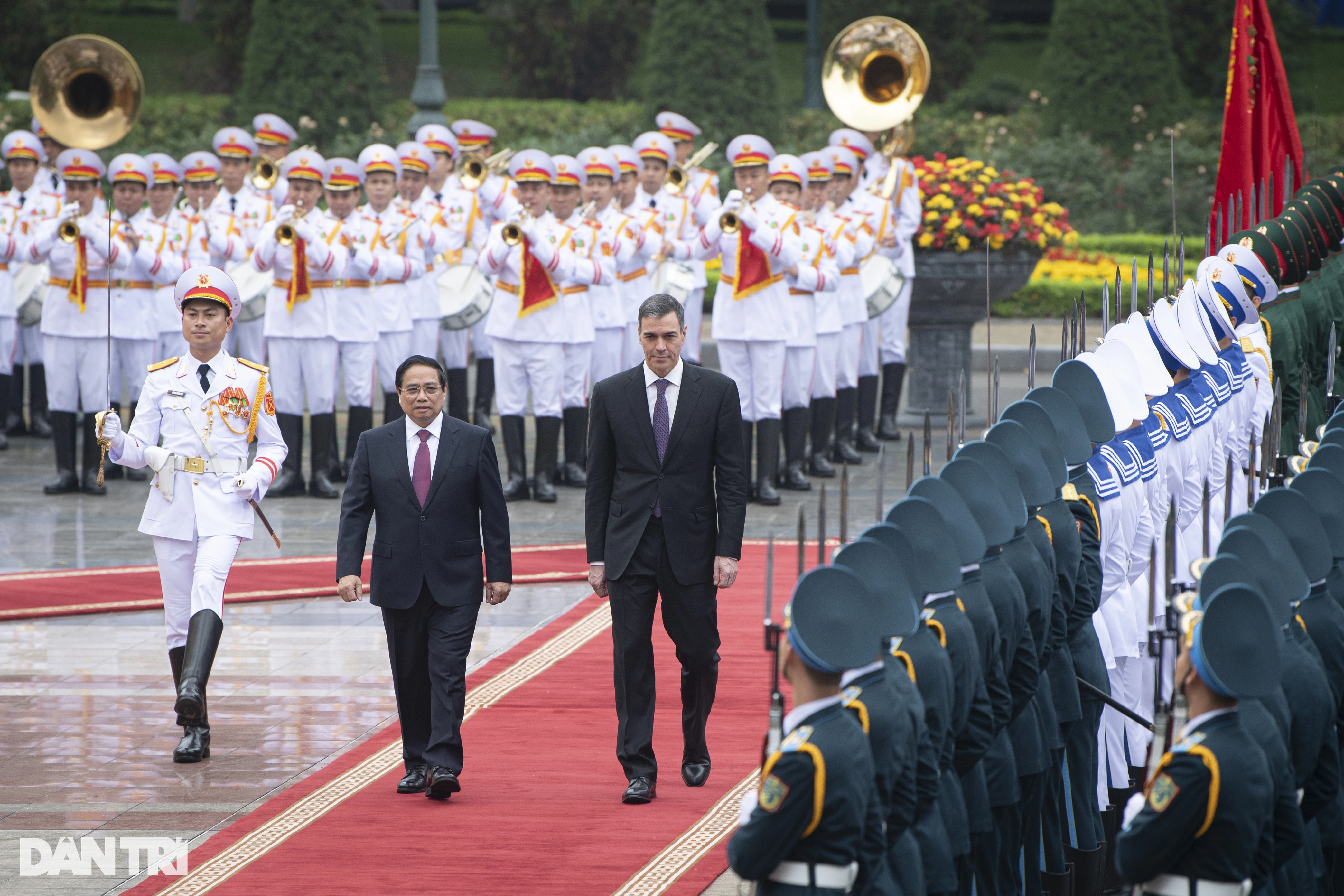
![[Photo] Visiting Cu Chi Tunnels - a heroic underground feat](https://vstatic.vietnam.vn/vietnam/resource/IMAGE/2025/4/8/06cb489403514b878768dd7262daba0b)



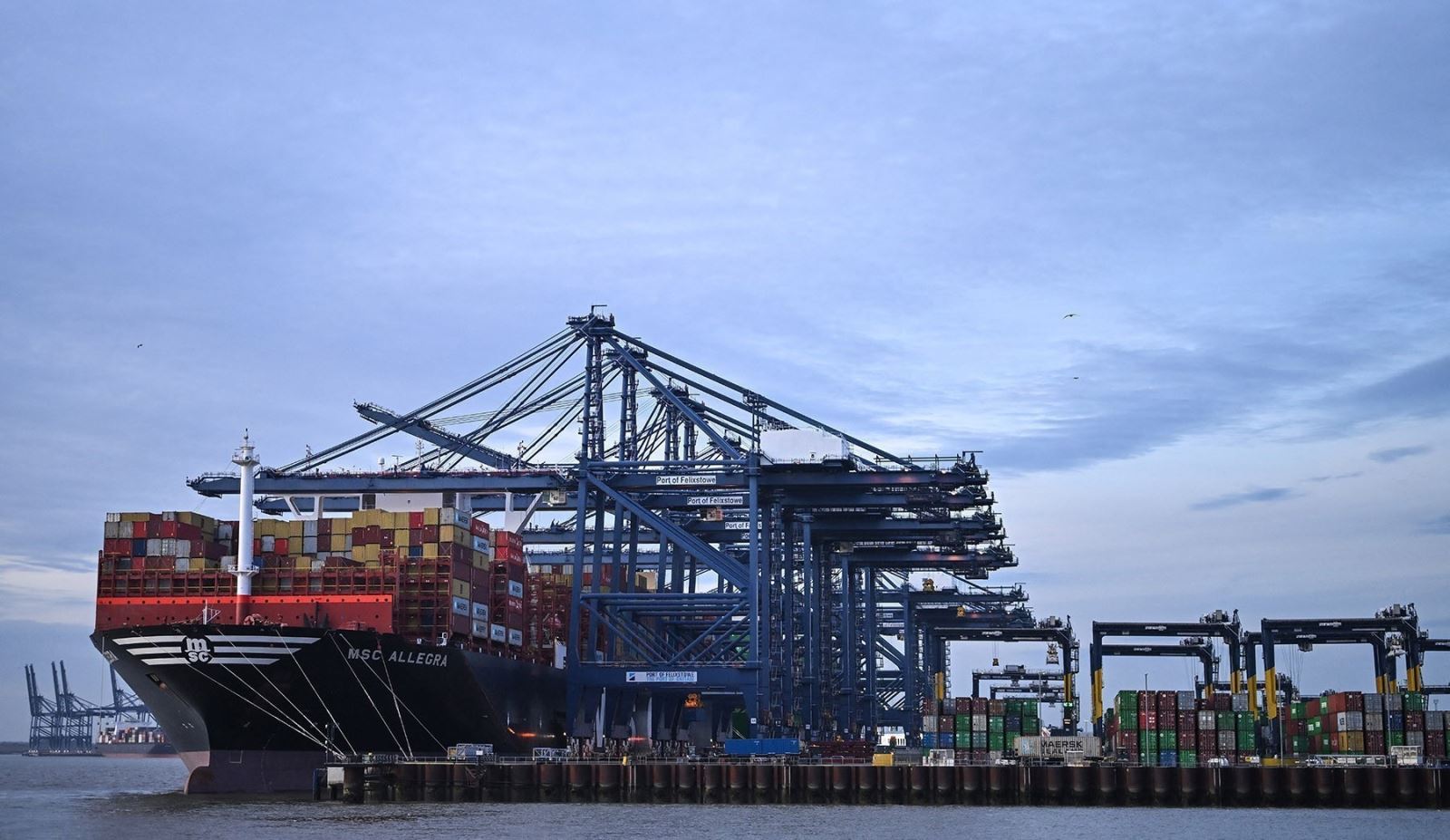





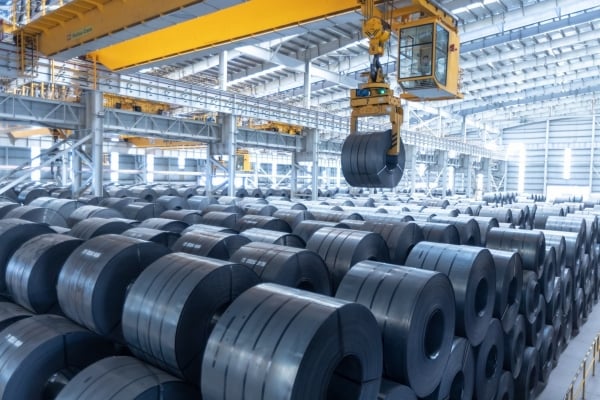
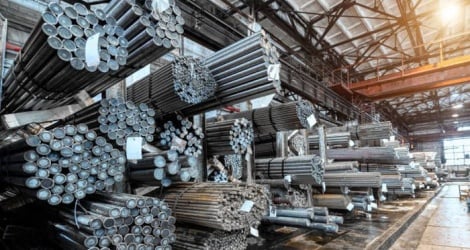
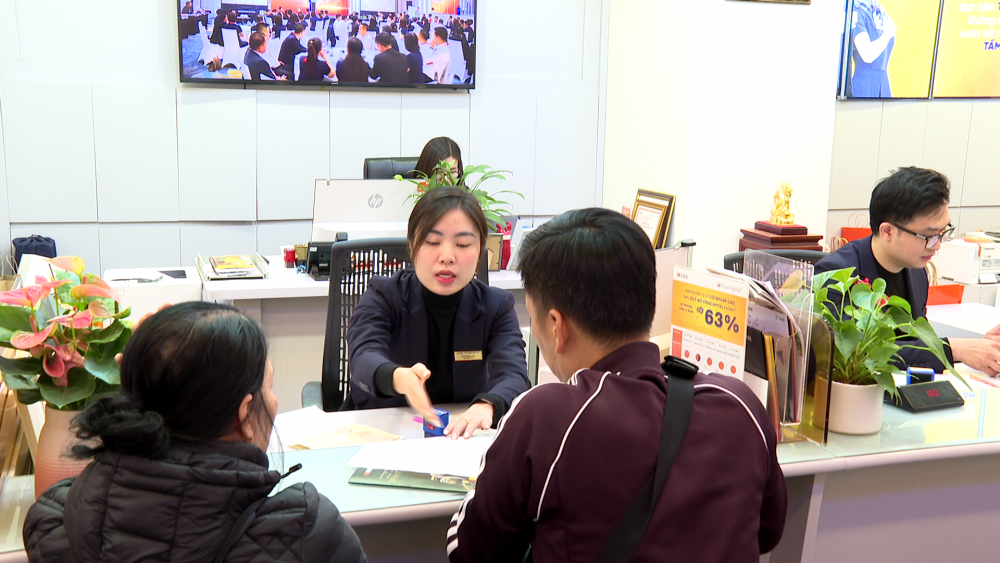

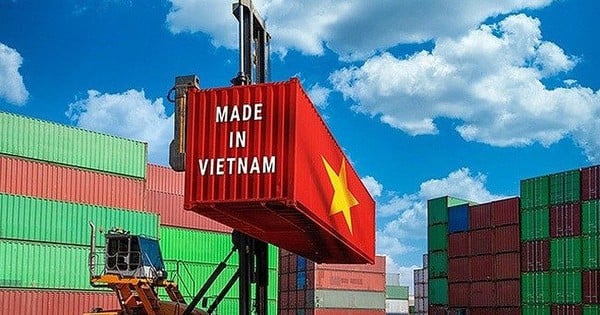
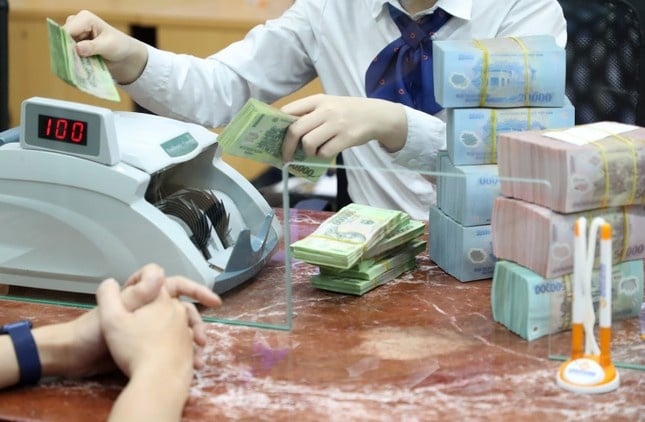
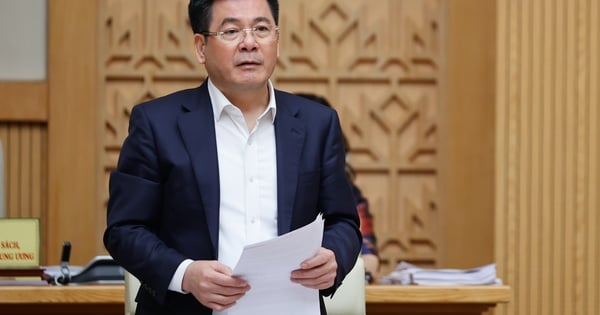
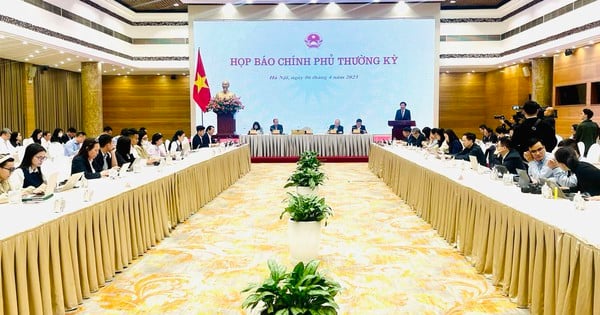



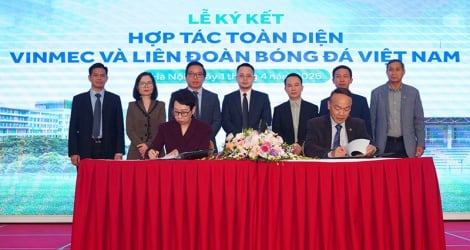

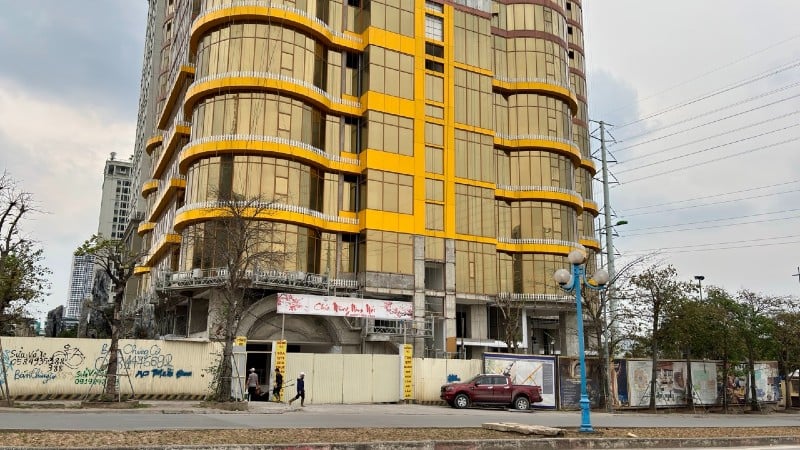

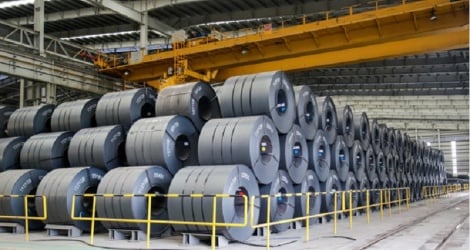

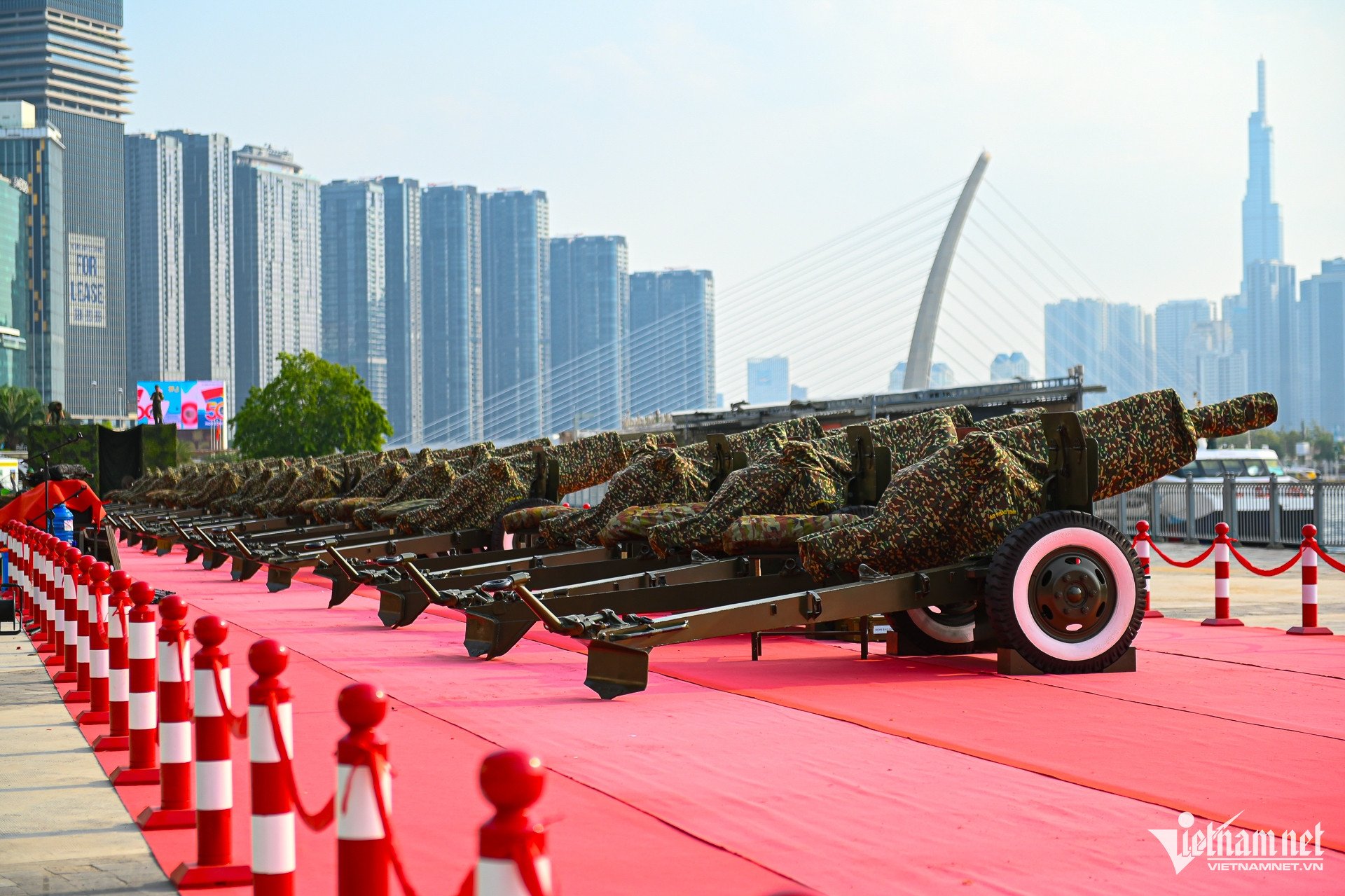

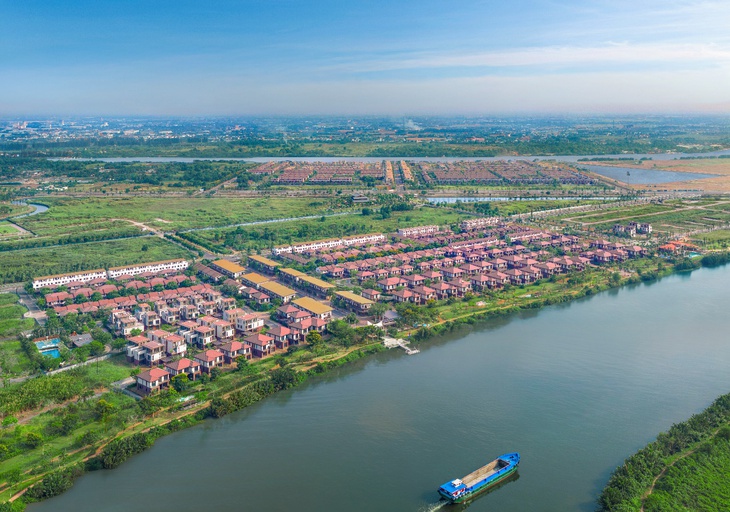




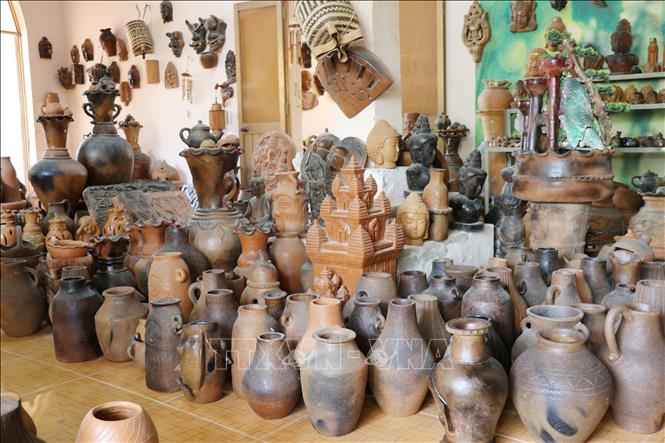
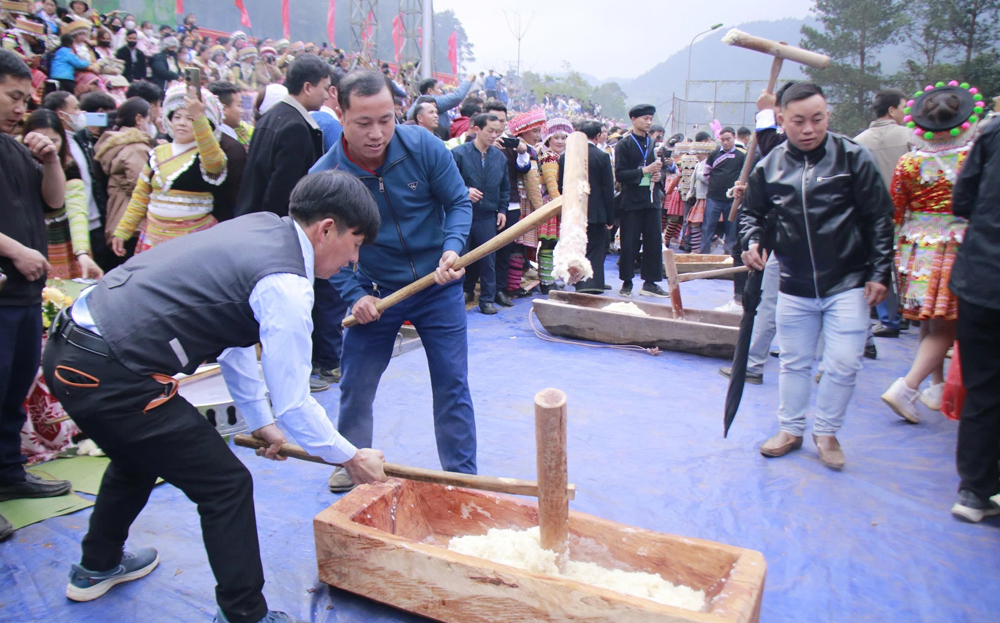






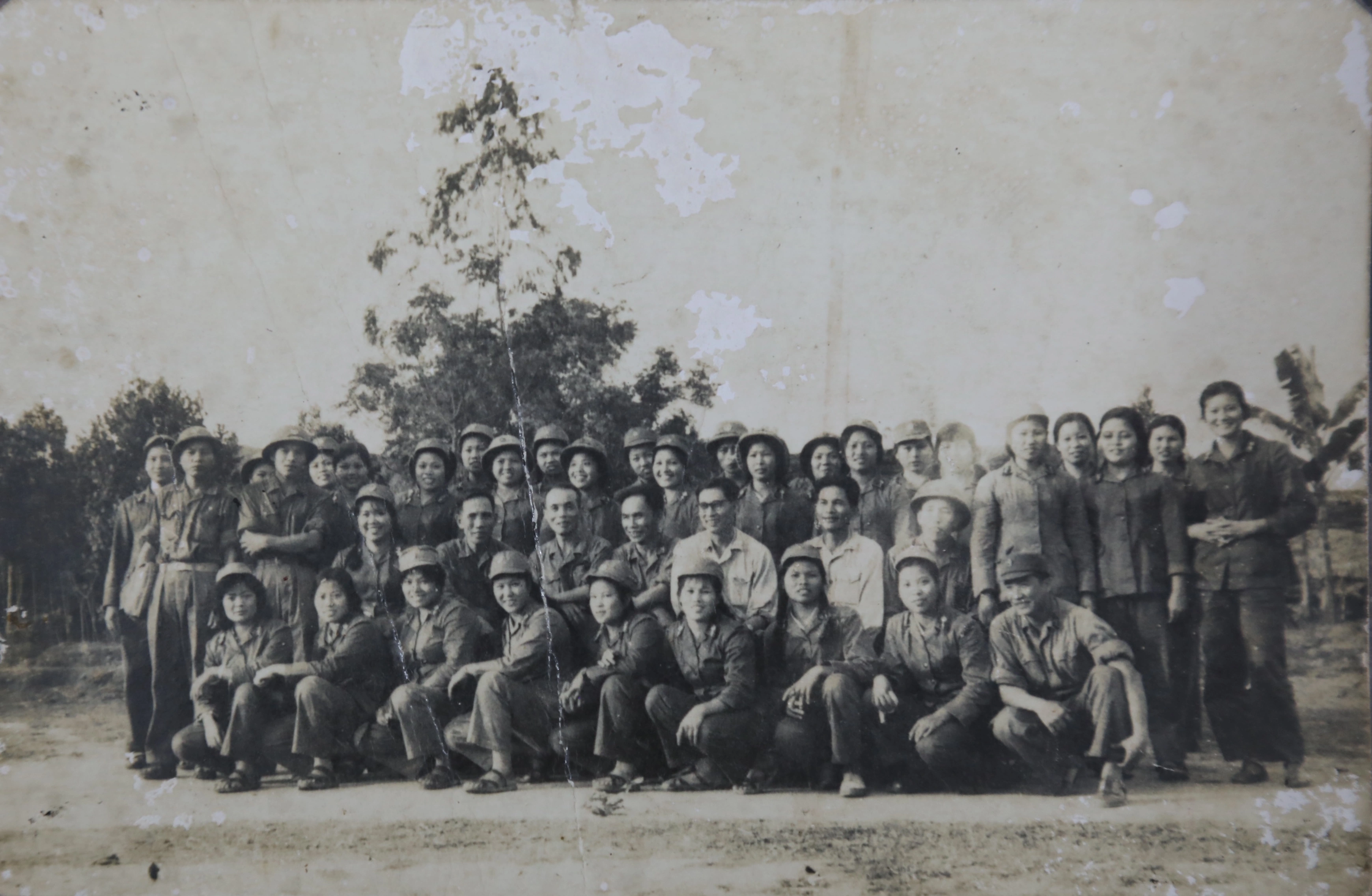










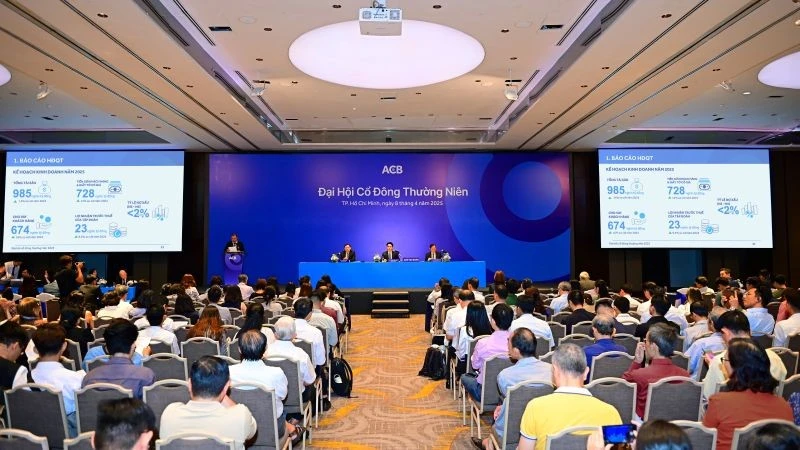
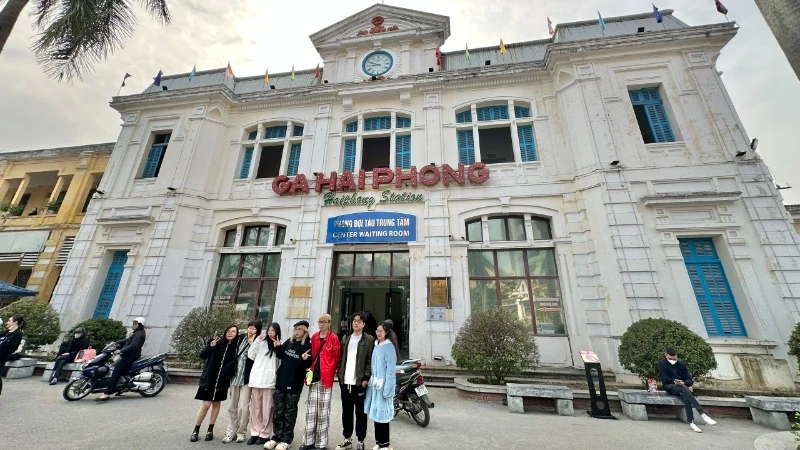

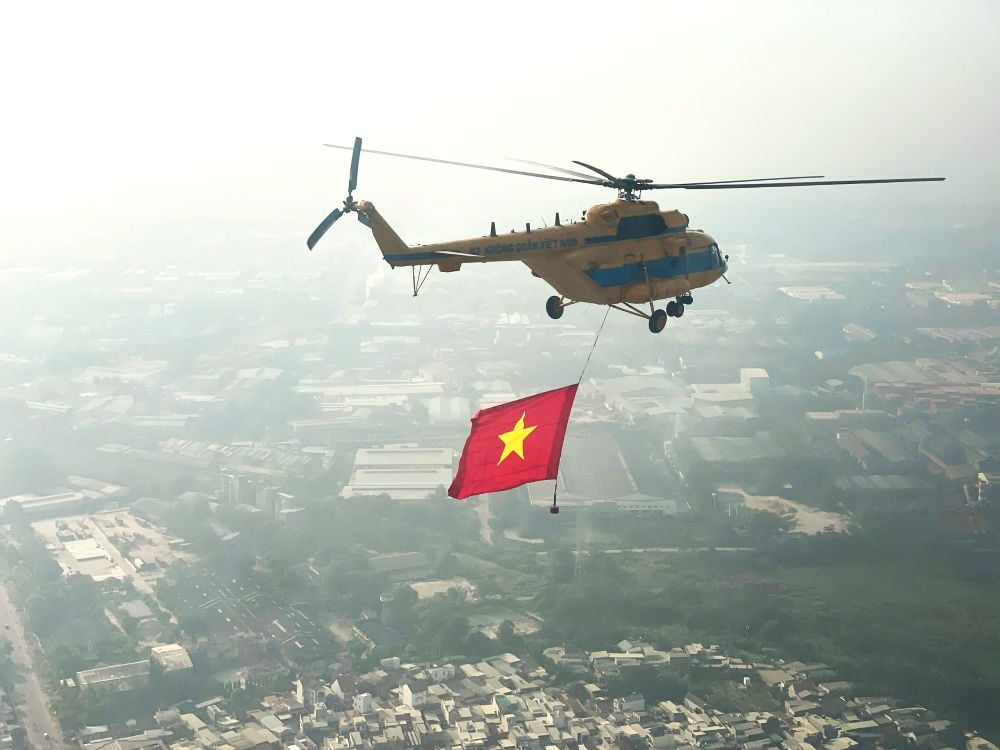

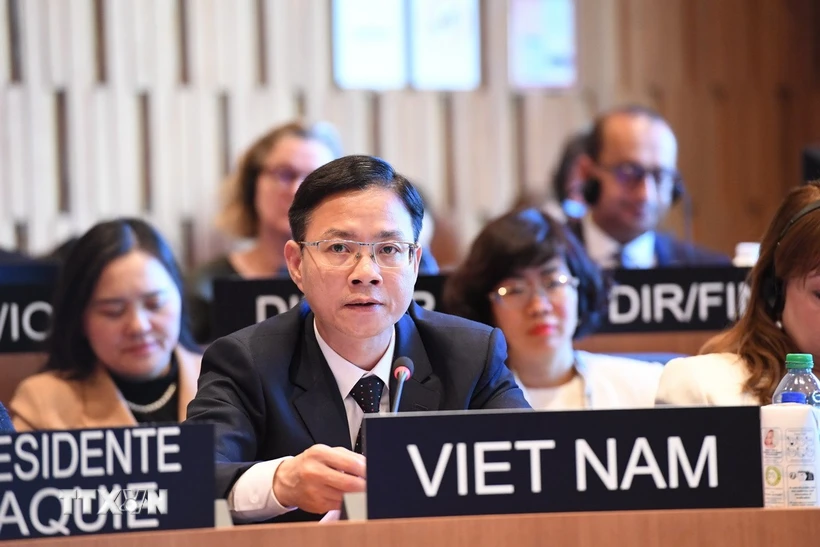
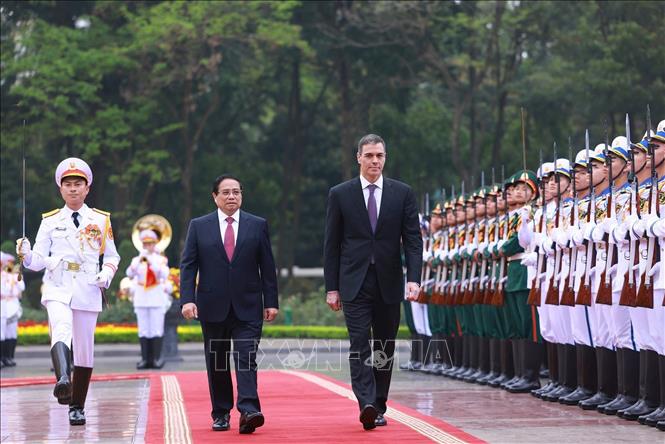











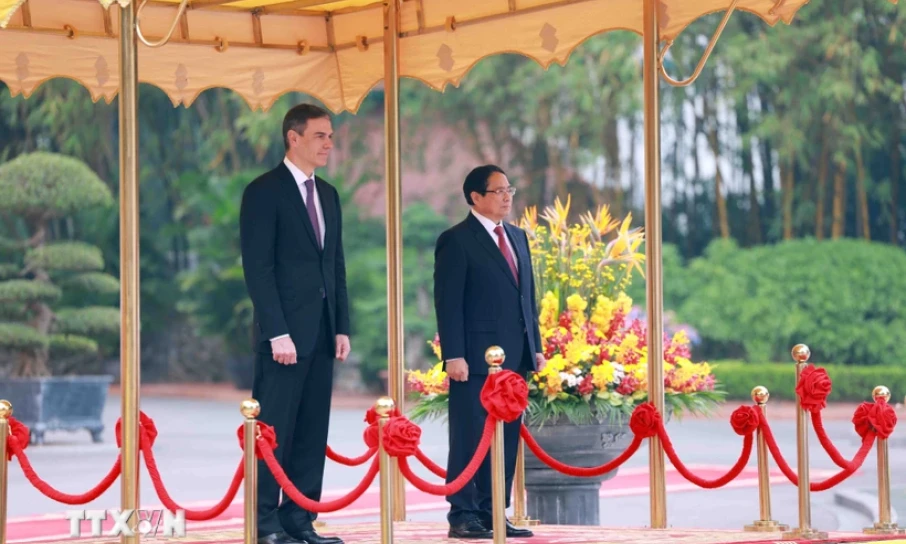
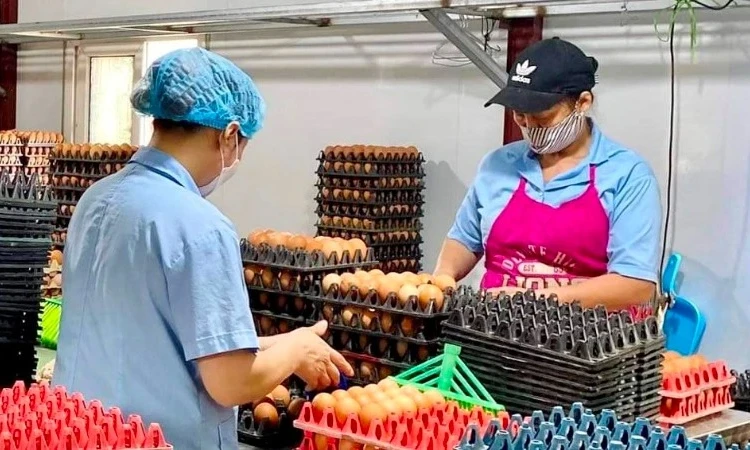
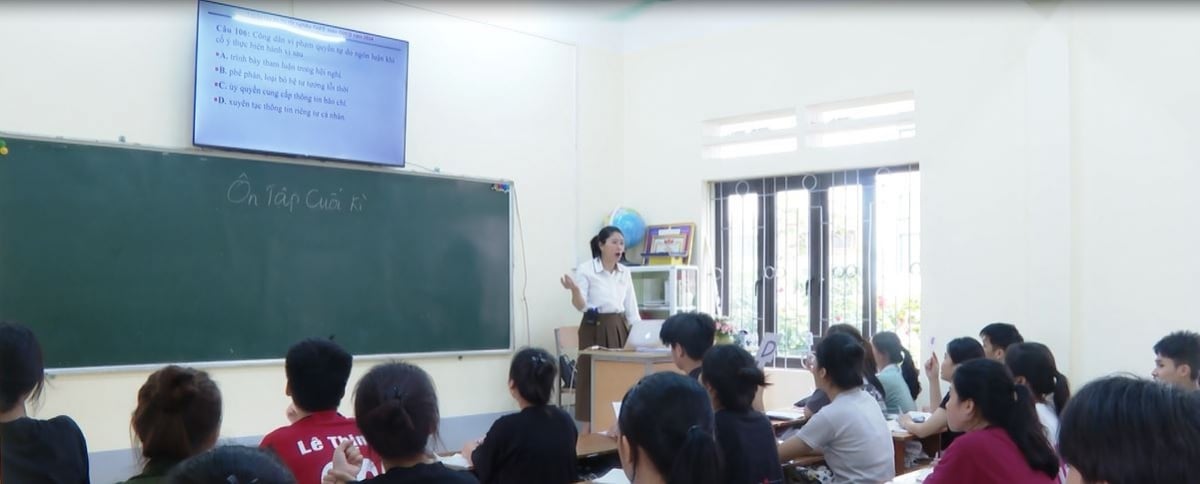

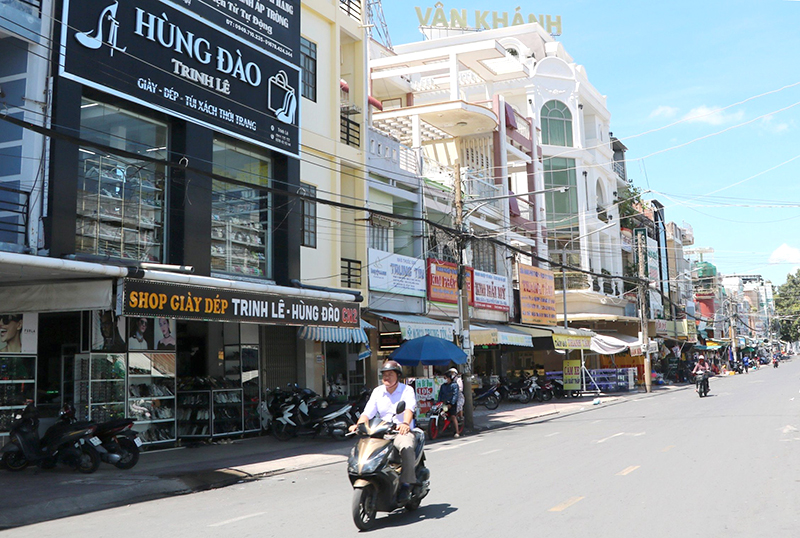
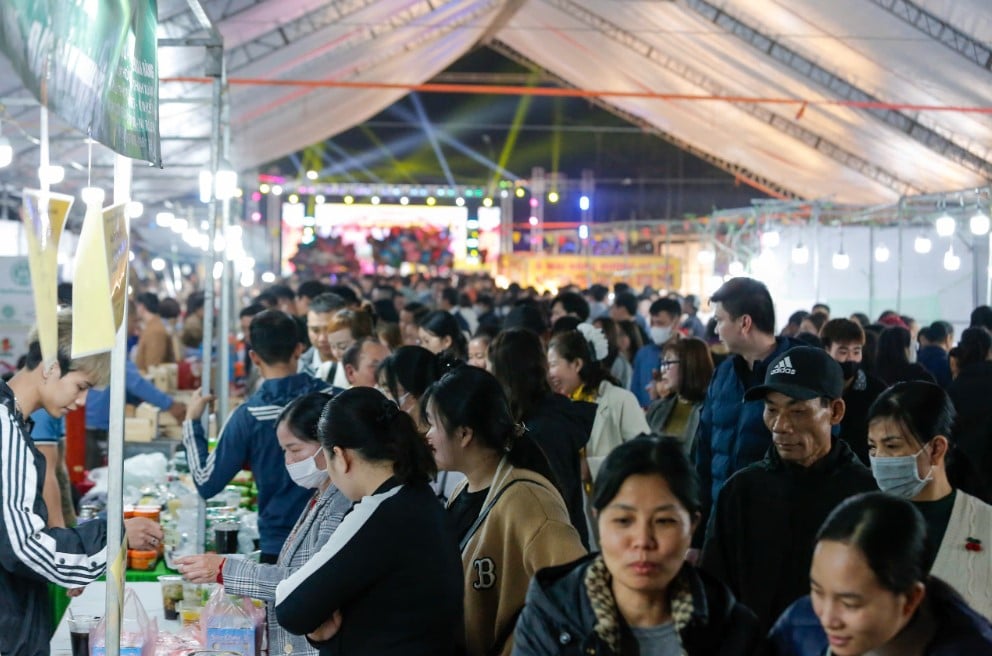
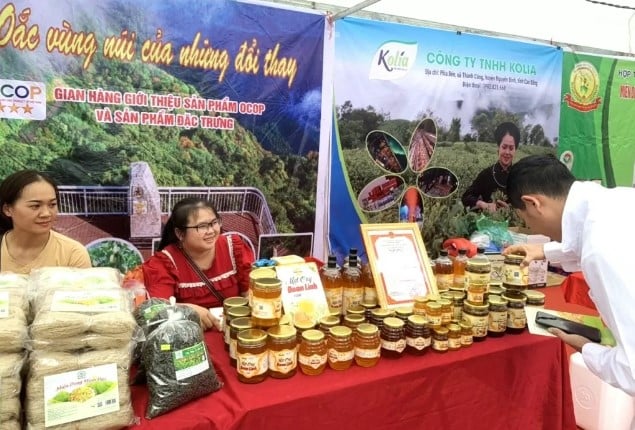
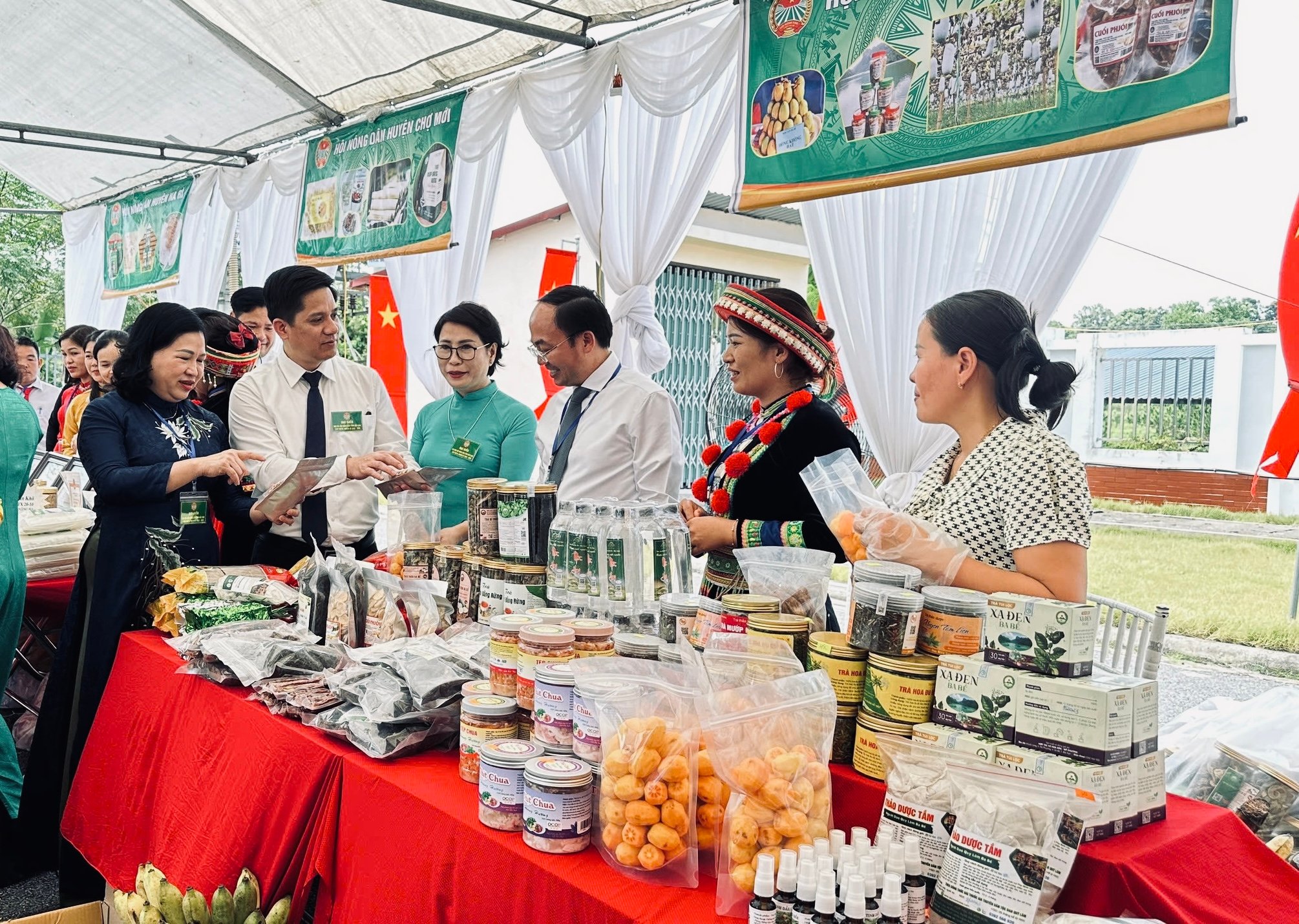






Comment (0)